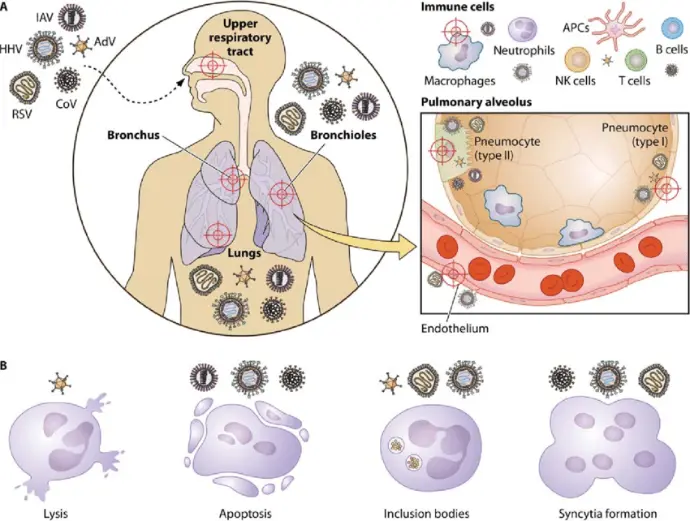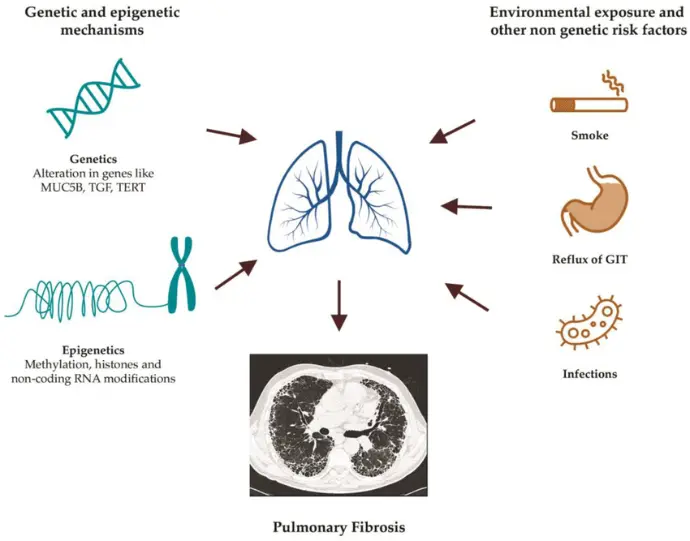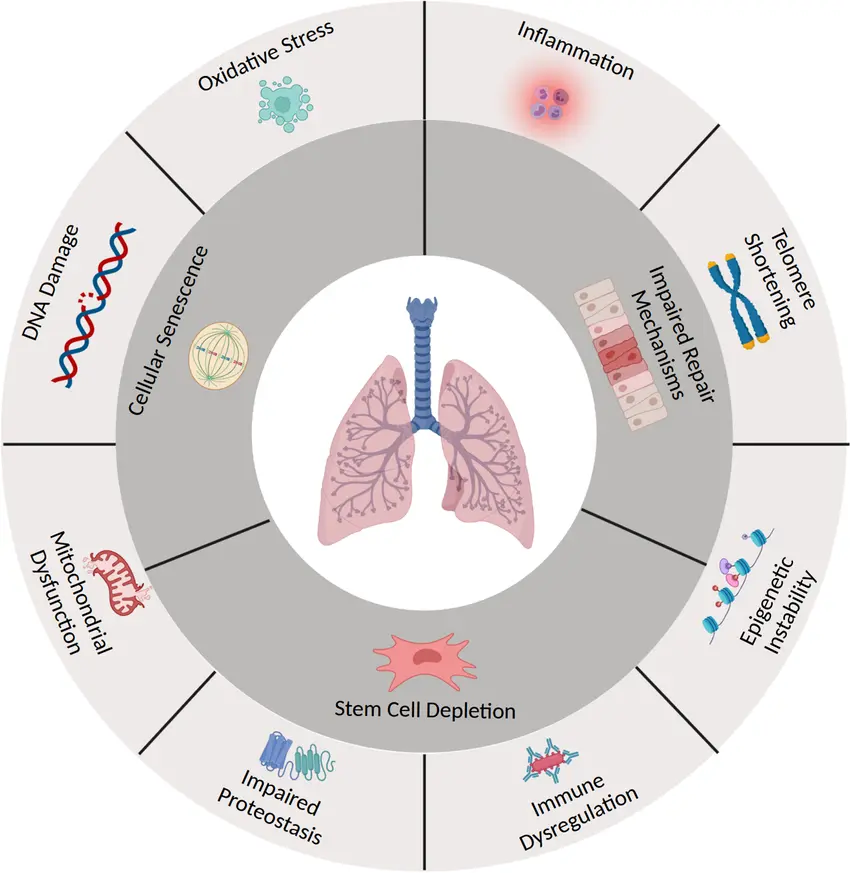Multiple Causes, One Outcome: Damaged Lungs
Lung diseases do not have a single cause they can develop due to a combination of factors. The most common causes include:
Smoking: The Leading Cause
Cigarette smoking is the top cause of serious lung diseases such as chronic obstructive pulmonary disease (COPD) and lung cancer. The chemicals in tobacco smoke damage the airways and the tiny air sacs (alveoli) where gas exchange happens. Over time, this damage is often permanent.
Secondhand Smoke: Even people who do not smoke but are regularly exposed to tobacco smoke can develop lung diseases.
Environmental and Occupational Exposures
Air pollution, dust, fumes, and chemicals in the workplace or home can irritate or scar lung tissue.
Examples: Silica dust, asbestos fibers, coal dust, and fumes from industrial chemicals can lead to diseases like pneumoconiosis or asbestosis.
Indoor Pollution: Mold, radon gas, and indoor wood smoke are also significant risks, especially in poorly ventilated areas.
Infections
Bacteria, viruses, and fungi can infect the lungs, leading to diseases such as pneumonia, tuberculosis (TB), or fungal lung infections.
Autoimmune and Inflammatory Conditions
Certain diseases cause the immune system to attack the lung tissue.
Examples: Sarcoidosis and rheumatoid arthritis-related lung disease can cause inflammation and scarring (fibrosis) of the lungs.
Lifestyle and Other Risk Factors
Poor Indoor Ventilation: Exposure to biomass fuels for cooking and heating in poorly ventilated homes is a major cause of chronic lung disease in many parts of the world.
Underlying Health Conditions: Diseases like gastroesophageal reflux disease (GERD) can worsen lung conditions by causing aspiration (when food or liquid enters the airways).




